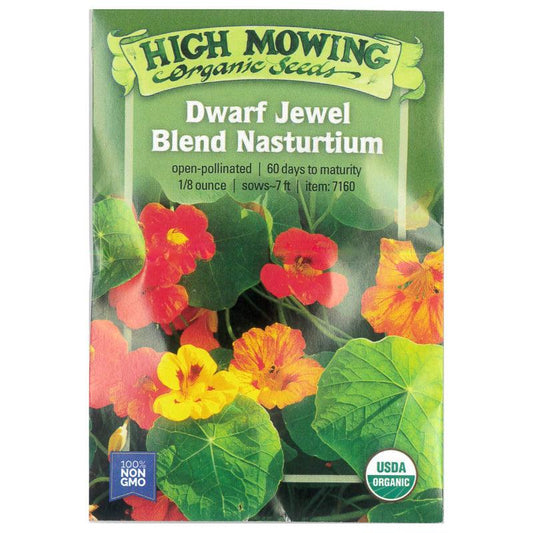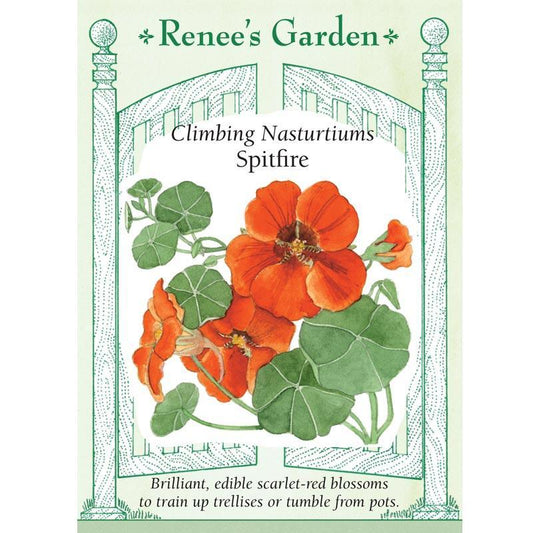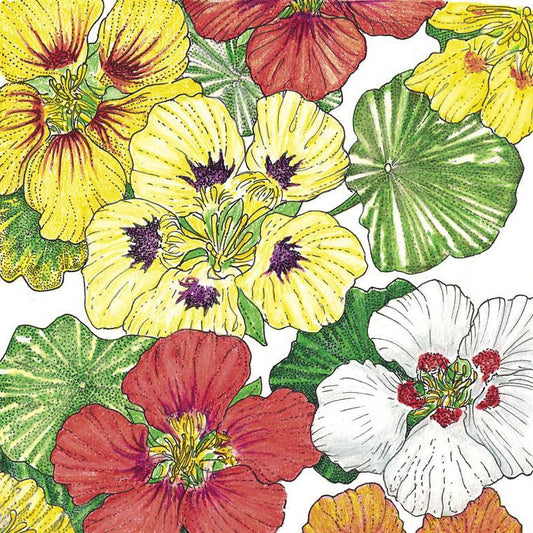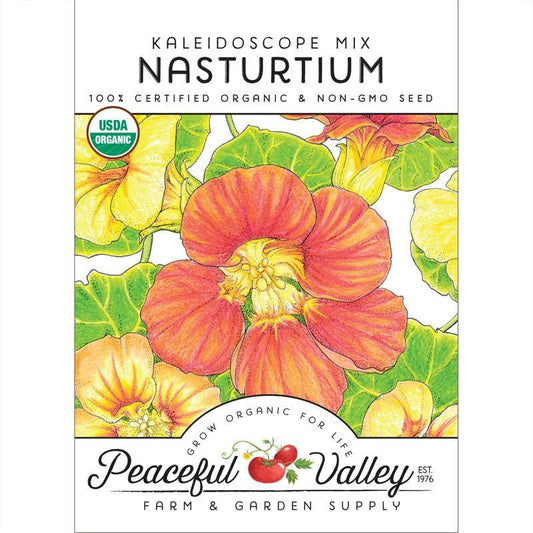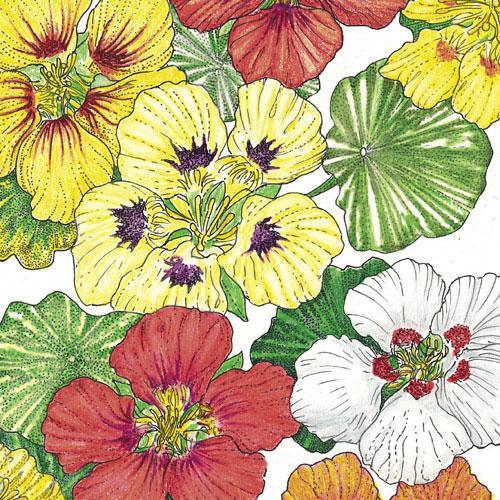
Growing Nasturtium Seeds
A Complete Guide to Cultivating Tropaeolum Majus
Nasturtiums, scientifically known as Tropaeolum Majus, are renowned for their vibrant and edible yellow, red, orange flowers and multicolored yellow-orange variants. These versatile plants not only add aesthetic charm to your garden but also offer a range of benefits, making them a favored choice among gardeners. Here's a comprehensive guide on successfully growing nasturtium seeds and nurturing these colorful blooms:
Understanding Tropaeolum Majus (Nasturtiums)
Nasturtiums are annual plants native to South and Central America. Their ease of cultivation, adaptability to various soil conditions, and ornamental and culinary uses make them popular in vegetable gardens and ornamental landscapes alike. They thrive in both rich soil and less fertile conditions.
Planting Nasturtium Seeds
-
Seed Selection: When choosing nasturtium seeds, look for varieties that produce the desired yellow, red, or orange blooms. Opt for high-quality seeds to ensure successful germination.
-
Sowing Depth and Spacing: Plant nasturtium seeds about 12 inches apart directly into the garden bed after the last frost date. Sow seeds at a depth of approximately 1/2 inch deep in well-draining soil.
-
Soil Conditions: Nasturtiums thrive in various soil types, including poor soil. They prefer moderately fertile, well-draining soil but can adapt to less ideal conditions.
Companion Planting with Nasturtiums
Nasturtiums offer benefits beyond their aesthetics. They are known for their ability to act as companion plants, supporting the growth of other vegetables and deterring pests:
-
Companion Plants: Nasturtiums work well when planted alongside cucumbers, tomatoes, radishes, and other vegetables in the garden, providing natural pest control.
-
Pest Repellent: Their peppery scent acts as a natural deterrent against pests like aphids, whiteflies, and squash bugs, protecting neighboring plants from infestations.
Care and Maintenance
Nasturtiums are relatively low-maintenance plants, requiring minimal attention once established:
-
Watering: Maintain moderate moisture levels by watering regularly but avoid waterlogging. Overwatering can lead to issues such as root rot.
-
Fertilization: In moderately fertile soil, nasturtiums generally don't require additional fertilization. However, if the soil is particularly poor, a light application of balanced organic fertilizer can support their growth.
-
Pruning and Deadheading: Regularly remove faded flowers to encourage continuous blooming and prevent the plant from going to seed prematurely.
Growing Conditions
Nasturtiums are versatile garden plants that can thrive in various conditions:
-
Full Sun: These plants prefer full sun but can tolerate partial shade.
-
Drought Tolerant: Once established, nasturtiums are relatively drought tolerant and can handle dry conditions without much issue.
Harvesting and Use
Nasturtiums offer both visual appeal and a peppery flavor that can enhance culinary creations:
-
Harvesting Flowers: Collect fully open yellow, red, or orange nasturtium flowers. Carefully pinch or snip them from the stem.
-
Culinary Uses: The flowers and leaves are edible and add a peppery taste to salads, sandwiches, and garnishes. Use the blooms and young leaves fresh for the best flavor.
Troubleshooting Common Issues
While generally resilient, nasturtiums might face a few challenges:
-
Pest Infestations: Despite their pest-repelling properties, nasturtiums can sometimes fall victim to pests like aphids. Use a gentle spray of water or organic insecticidal soap to manage infestations.
-
Soil and Watering: Avoid overwatering as it can lead to root rot. Also, in poorly drained soil, the plants may suffer, so ensure adequate drainage.
-
Powdery Mildew: In humid conditions, nasturtiums might develop powdery mildew. Ensure good airflow around the plants and consider using a fungicidal spray if the issue persists.
-
Variegated Foliage: Some varieties of nasturtiums may have variegated foliage, adding an extra visual element to your garden.
For more information, enjoy our work on Edible Flowers.
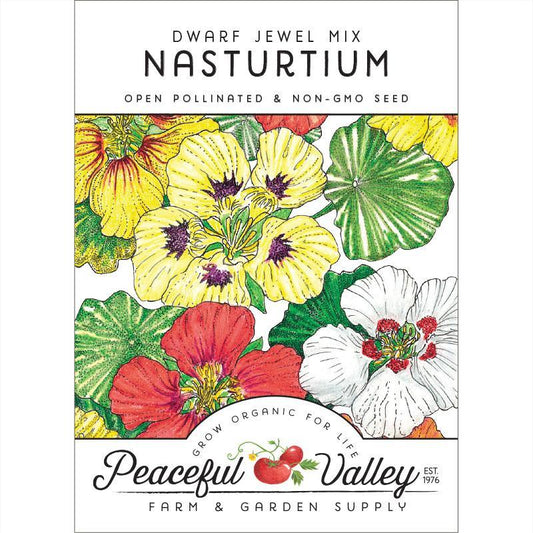 Sold out
Sold out


